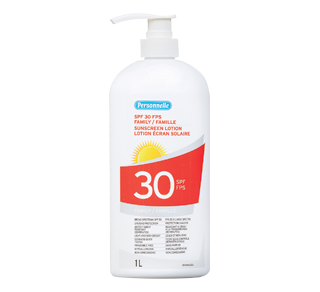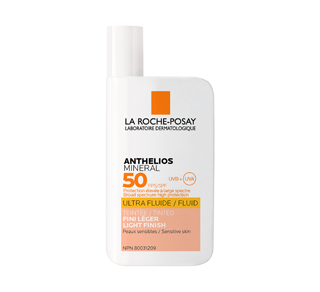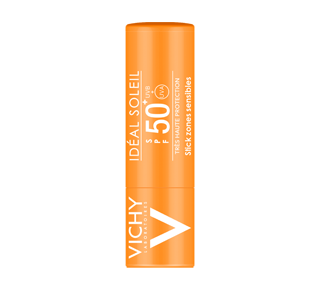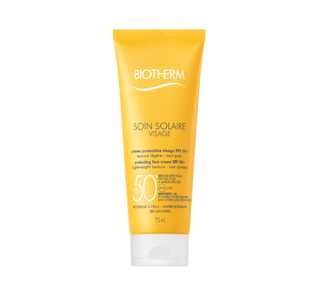You know it: UV rays never take vacations; that’s why it’s so important to apply sunscreen every day of the year, whatever the weather. But with all the different products available on the market, how do you pick one? Here are a few basic guidelines to follow in order to select the right sunscreen for you and maximize its benefits.
CHOOSE THE APPROPRIATE SPF
15, 30, 45, 60… What exactly is the meaning of the number associated with FPS? In fact, it illustrates a comparison between the time that UV rays would take to produce a sunburn on the skin with and without protection. Per example, an SPF of 60 indicates that our protected skin would theoretically burn 60 more slowly than an unprotected skin.
Consult the table below to find out which SPF is recommended for your skin type and degree of exposure.
| SPF | Skin type | Exposure |
|---|---|---|
|
60 |
Very sensitive to the sun
|
Extreme
|
|
45 |
Sensitive to the sun
|
Prolonged
|
|
30 |
Normal
|
Limited
|
|
15 |
Dark skin
|
Moderate
|
* SPF15 is found mostly in daycare creams and foundations. It is not recommended for long periods outdoors, even if your skin is dark.
Reminder
UV rays never take vacations. They can go through the clouds on rainy days, and don’t lose their strength in the winter… on the contrary! As they are reflected on the snow, they reach the skin from both directions – up and down. The moral of the story: make sure to apply sunscreen every day, all year long.
SELECT PROTECTION SUITED TO YOUR NEEDS
There is a variety of sunscreens on the market. They are divided into two categories: chemical sunscreens, which act as absorbent sponges, and mineral sunscreens, which form a protective shield against UV rays. It will then be easier to select a sunscreen according to your needs.
- For children and babies over 6 months of age
- Hypoallergenic (for delicate skin)
- Water resistant (sunscreen stays on after swimming or heavy sweating)
- Non-comedogenic and non-greasy (for face)
- Cream (for dry skin)
- Milk or gel (for a light finish, not as rich as a cream)
- Atomizer or spray (for easy and quick application)
- Stick (to apply – and reapply! – quickly on the most exposed zones)
Whichever type of sunscreen you choose, look for wide-spectrum protection to shield your skin from UVA and UVB rays. Also favour photostable products as they remain effective even when exposed to intense heat.
APPLY YOUR SUNSCREEN AS INDICATED
If applied improperly, even the sunscreen with the highest SPF will not be able to protect you from the sun. Carefully read the instructions on the label to ensure you are properly protected, and follow these simple rules:
- Apply generously and often!
- Apply 15 to 30 minutes before your first exposure to the sun.
- Repeat application every two hours.
- Apply sunscreen again after swimming or heavy sweating (even if the product is water resistant).
- Apply sunscreen even when it’s cloudy. Contrary to popular wisdom, clouds don’t stop UV rays, so you could still get a sunburn!
- Don’t forget to check the expiration date! Once it has expired, sunscreen loses its power to protect you.
Tips
No matter how many precautions you take, sometimes you can’t avoid sunburn. If you end up with one, apply an after-sun product to ease your reddened skin. This will soothe irritation and restore its suppleness. And to prevent your skin being exposed to sunlight while it’s recovering, wear a large-brimmed hat when sunbathing or an anti-UV t-shirt when taking a dip.





